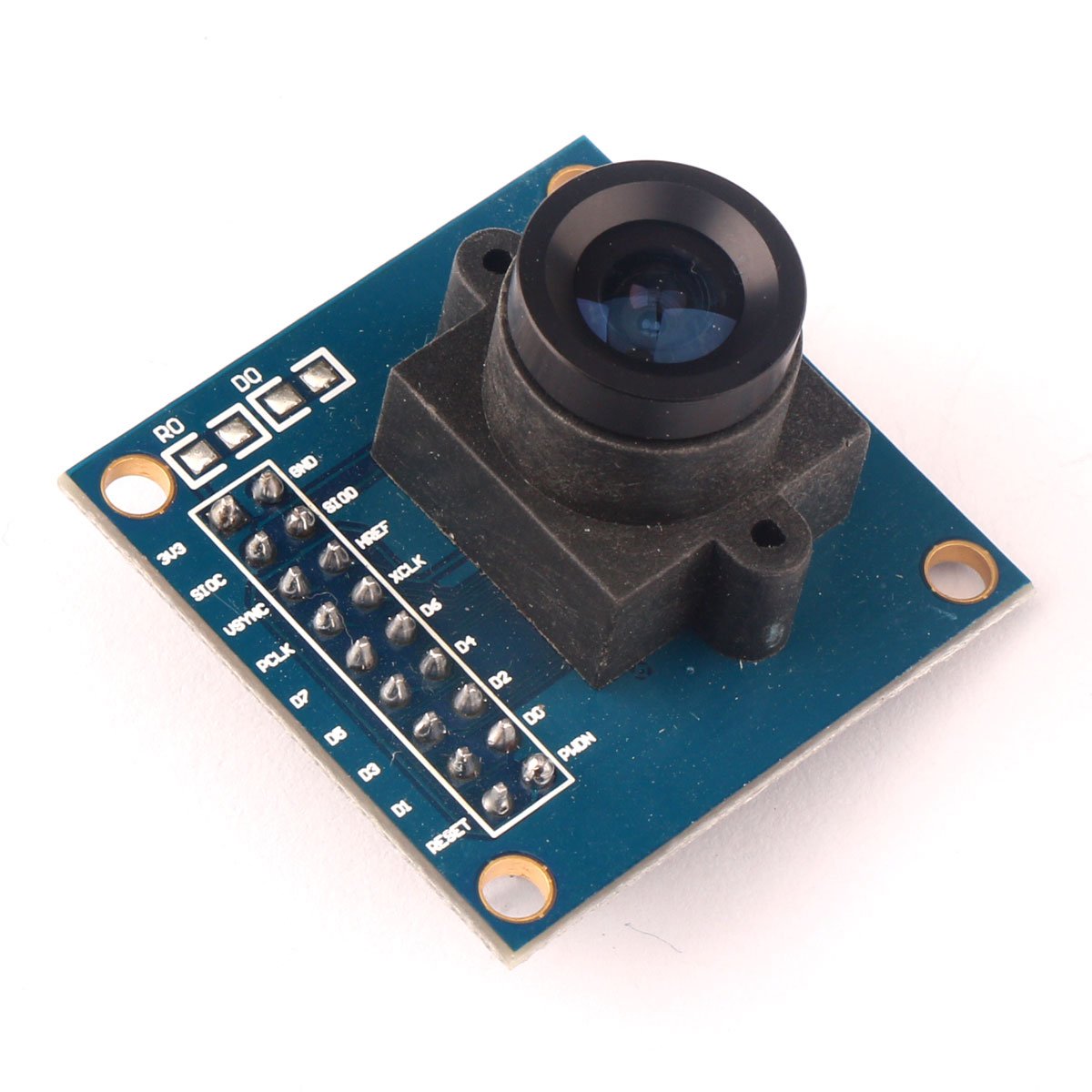
- #Arduino camera image processing how to#
- #Arduino camera image processing manual#
- #Arduino camera image processing code#
Posted in Arduino Hacks Tagged arduino, camera, JPEG, jpeg decoding Post navigation The Arduino might not be your first choice for an image processing platform, but clearly, you can do some things with it. We’ve seen the Arduino handle a single pixel at a time. At 115,200 baud, says it takes about a minute to move a raw picture from the Arduino to a PC. Sending the uncompressed image data might be good for error resilience, but it isn’t good for impatient people. It isn’t hard to imagine using the data to detect a specific color, find edges in the image, detect motion, and other simple tasks. The library was meant for displaying images on a screen, but then again it doesn’t really know what you are doing with the results.
#Arduino camera image processing code#
The code uses a library that returns 16-bit RGB images. You can make it out, but the effect of just a few bytes in one spot is far-reaching, as you can see. You can see the before (left) and after (right) picture below. Just to test that theory, we took one of illustrations, saved it as a JPEG and corrupted just a few bytes in a single spot in it. But sending raw image data means that lost or wrong data will just cause visual artifacts (think snow on an old TV screen) and your brain is pretty good at interpreting lossy images like that. Because JPEG is compressed in a lossy way, losing some part of a JPEG will likely render it useless. The use case mentioned in the post is sending image data across a potentially lossy communication channel. The camera code is straightforward and saves the image to the SD card. There is also an SD card for auxiliary storage. The Mega is key, because–as you might expect–you need plenty of memory to deal with photos. We aren’t sure about use case, but we can think of lots of reasons you might want to know what is hiding inside a compressed JPEG from the camera. Using a camera and an Arduino Mega, was able to decode input from an Arduino-connected camera into raw image data. Data transfer is carried out using the SCCB protocol.When you think of image processing, you probably don’t think of the Arduino. The camera also performs pre-processing of images, such as exposure control, amplification, white balance, and more.Īlso supported are various image encoding options (YUV, various types of RGB).

The maximum image transfer rate (VGA) can reach 30 frames per second.
#Arduino camera image processing manual#
Manual adjustments up to 40x30 are also possible. The camera unit allows you to form images in other formats like CIF (352x240) and others. It can perform some initial processing and transfer the images to microcontrollers, such as the Arduino, via the SCCB interface. This module allows you to capture images in VGA format (640x480). Let’s get started! The OV7670 Camera Module


We will be using indrekluuk library in this article and all the credit goes to the developer of this library. This can then be the starting point for using it in future projects. We will connect, configure, and get a test image from the OV7670 using a small program written in the Arduino IDE.

OV7670 is the most affordable camera module that can be used with the Arduino, so you can use this in a lot of projects.
#Arduino camera image processing how to#
In this article, I will show you how to display the stream from an OV7670 camera module onto a 1.8-inch TFT LCD screen using Arduino.


 0 kommentar(er)
0 kommentar(er)
